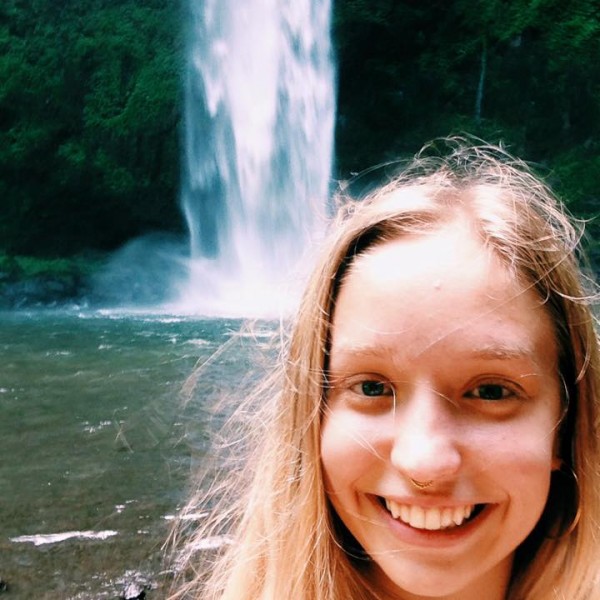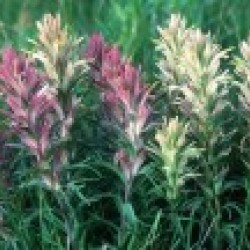
Kristen Manion
Ecology & Evolutionary Biology
University of Kansas

Growing apart?: Documenting range-wide floral variation to investigate a possible pollinator shift in Castilleja sessiliflora (2016)
Genetics, Plant Systematics & Florisitic, Reproductive Biology
Background:
Understanding genetic dynamics of populations has become integral to the study and conservation of native plant species throughout the world. Because the movement of pollen (often mediated by pollinators) controls gene flow within and among populations, these processes control migration and thus the degree of genetic differentiation among populations. While many studies have been done to investigate genetic dynamics of native plants, few have been able to link genetic differentiation and phenotypic variation to possible local adaption and reproductive isolation. Castilleja sessiliflora (Downy Indian Paintbrush) is widely distributed across the southwestern and Midwestern United States. Across the majority of its range, C. sessiliflora displays white to yellow inflorescences, with populations in the southern range sometimes bearing pink inflorescences. Geographic differentiation of floral traits is often associated with locally differing pollinator assemblages (Herrera et al 2006). This project aims to investigate whether increased floral variation is associated with greater genetic differentiation, reflecting the adaption of local pollinators. Additionally, this project examines the genetic makeup of two pairs of populations from the southern and northern range extents that display different levels of floral color divergence. Using leaf tissue samples collected from these populations, we will compare the genetic composition of these populations with the aid of microsatellite markers developed for C. sessiliflora (Fant et al 2013).
Question:
Is increased floral variation associated with greater genetic differentiation, reflecting the adaption of local pollinator assemblages?
